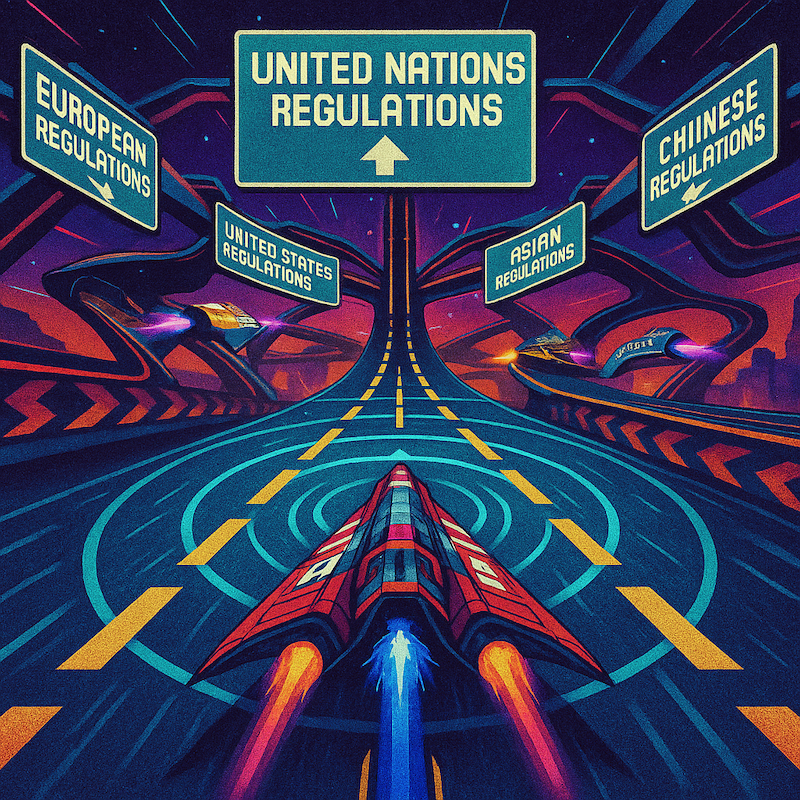When the United Nations adopted its Driver Control Assistance Systems (DCAS) regulation towards the end of last year, it was seen as a milestone for global automotive safety and automation.
Now, a year after it entered into force, attention is shifting from legislation to implementation – how automakers, suppliers, and regulators are putting the new rules into practice.
The regulation, officially UN Regulation No. 171, was developed under the United Nations Economic Commission for Europe (UNECE), the body responsible for harmonising vehicle standards across more than 60 countries.
It sets out detailed safety and performance requirements for Level 2 “hands-off” systems, such as lane-keeping, adaptive cruise control, and automated lane changes, in which the vehicle can steer and accelerate but the driver must remain alert.
According to the UNECE, the regulation “paves the way for the safe introduction and wider deployment of advanced driver assistance systems worldwide.” It provides, for the first time, an international legal framework for driver-assistance systems that control both steering and speed over a sustained period.
Implementation and certification challenges
While the regulation is now in force, experts say the work has only just begun. Manufacturers must demonstrate compliance through certification and scenario-based testing, with a particular focus on driver-monitoring systems and safe transition of control.
The UNECE’s Working Party on Automated/Autonomous and Connected Vehicles (GRVA) is currently drafting interpretation documents and amendments to clarify grey areas in the original text – including how systems should respond to “system-initiated manoeuvres” and how driver attentiveness is defined.
The UNECE has described R171 as “an important step towards a harmonised international framework for driver assistance systems”, adding that it will “avoid duplication of testing and ensure global safety equivalence”.
The intention is to ensure that a vehicle approved in one signatory country can be recognised in others – a key goal of the 1958 Agreement that underpins UNECE’s vehicle standards work.
From regulation to real-world deployment
The first practical outcome of R171 arrived recently, when BMW became the first manufacturer in Germany (and possibly the world) to gain approval for its new “hands-off” driving system under the regulation.
The company’s system, introduced in the BMW iX3, combines automated lane keeping and active lane-change capability verified through driver eye-tracking – demonstrating how the DCAS framework is now being applied to production vehicles.
Other automakers and suppliers are expected to follow, though regional differences remain. The United States, which is not party to UNECE’s 1958 Agreement, continues to rely on voluntary guidelines through the National Highway Traffic Safety Administration (NHTSA).
In Asia, Japan and South Korea – both UNECE signatories – are aligning closely with the DCAS model, while China maintains its own national standards.
As vehicle automation advances, coordination among these frameworks will become increasingly important. Without it, automakers could face a patchwork of incompatible regulations – and consumers could face inconsistent safety expectations.
For the UNECE, that risk underlines the importance of its expanding role. One year after the DCAS regulation entered into force, the UN’s quiet but critical work on the future of autonomous driving is only beginning.

